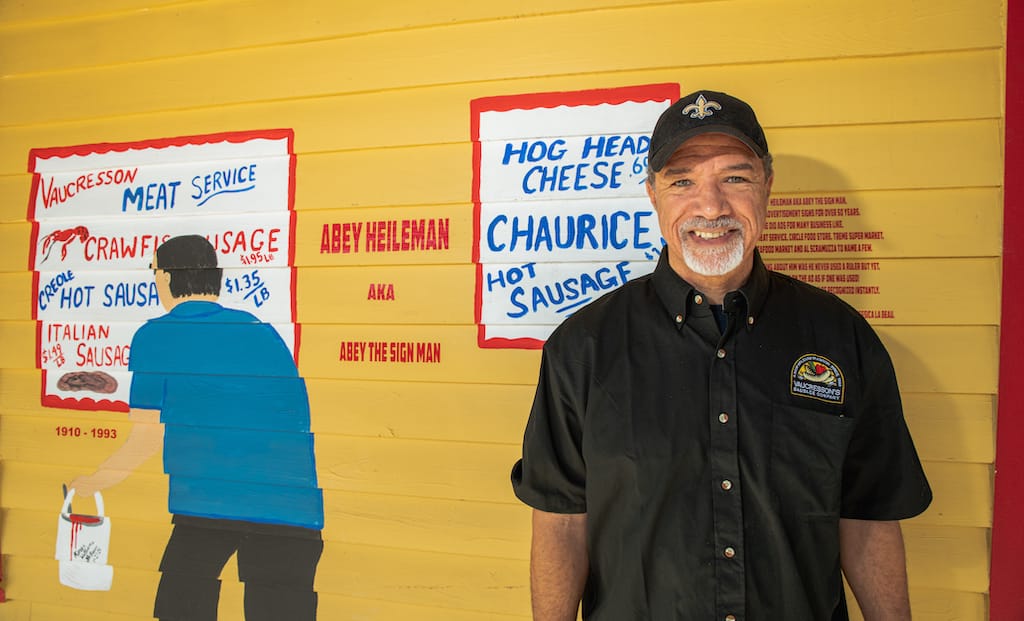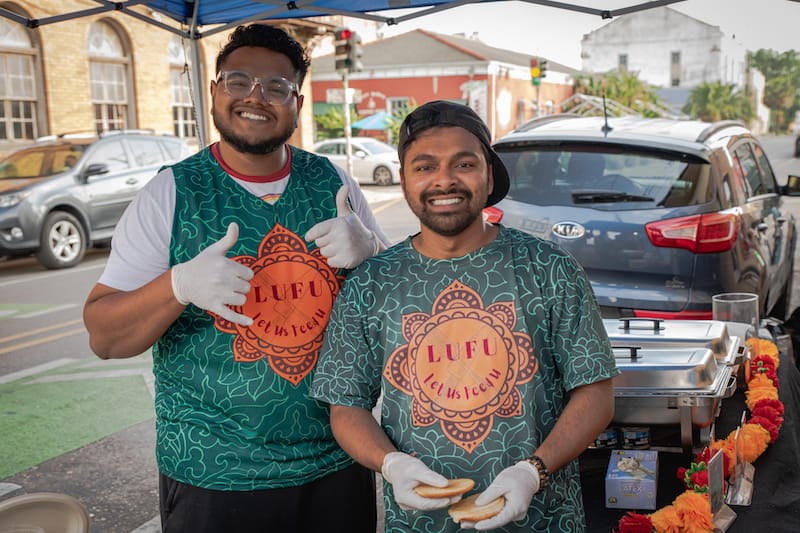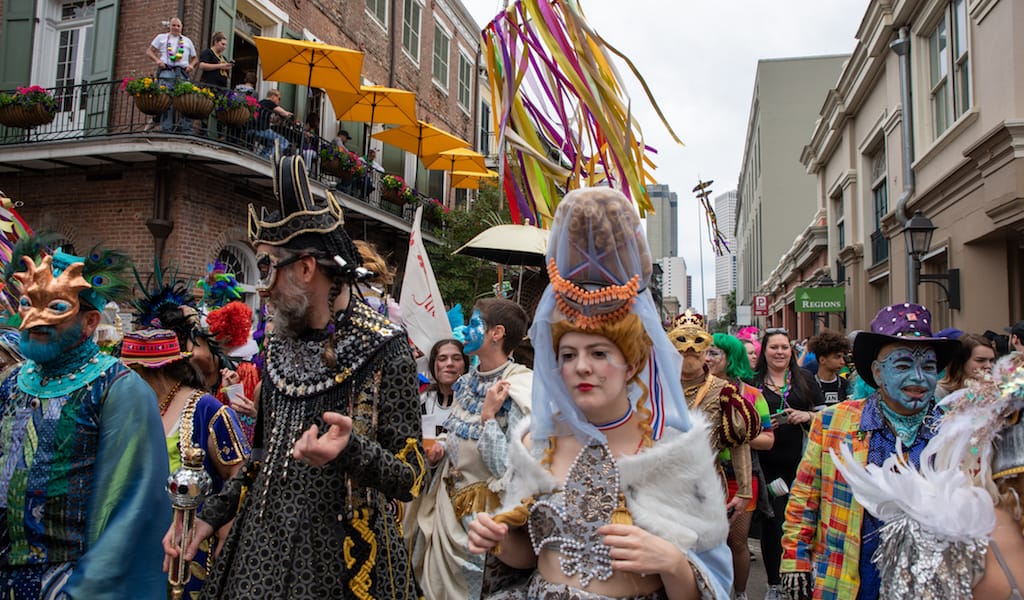The blistering April – yes April – sun in New Orleans is an indicator of two things: climate change and the start of festival season. In other parts of the country, warm days and cool nights and the gradual bloom of trees and flowers define spring. But in Southeast Louisiana, spring seems to supernova into summer overnight despite what the calendar claims; nothing is subtle here. And under this hot sun, one of the stalwarts of festival season, Vaucresson’s Sausage Company, led by owner Vance Vaucresson, sells its hot sausage po’ boy to legions of adoring fans.
Vaucresson’s has been at the New Orleans Jazz and Heritage Festival for fifty years and is the only original vendor still there. It is also a favorite at French Quarter Festival, where its Jackson Square booth has long lines and bags of Leidenheimer French bread piled high, the crisp yet yielding bread the perfect delivery system for the spicy sausage. On its face, it is a simple sandwich, lightly dressed with lettuce and tomatoes, with the option of hot sauce, mayo and Creole mustard. But like many things in New Orleans, its simplicity belies the rich tradition of 7th ward Creole families and their influence on the cuisine and culture of the city. And with a rebuilt brick-and-mortar about to open on the corner of N. Roman and St. Bernard Avenue, Vaucresson’s, which has been in business since 1899, is set to carry the Creole torch for another 100 years.
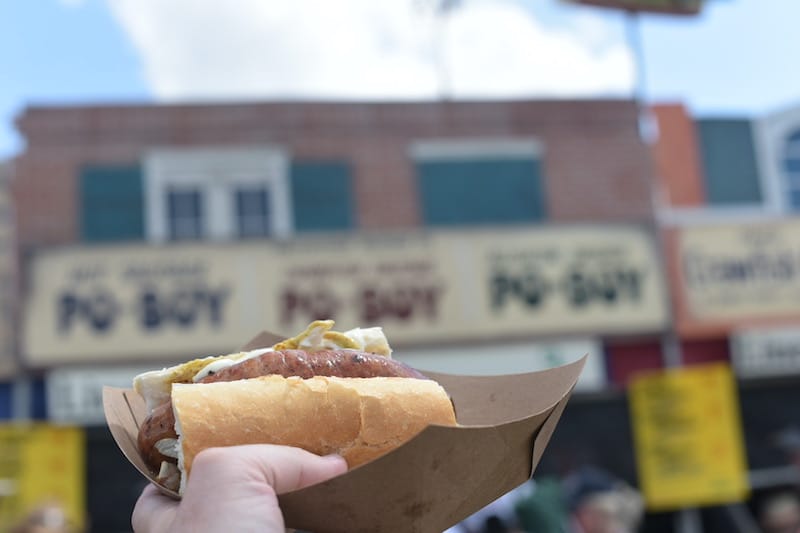
“What I wanted to do was take two of our historical concepts and merge them into one,” Vaucresson recently told us. “Back in the mid-sixties, my dad opened up a restaurant on Bourbon Street – at 624 Bourbon St – called Vaucresson’s Café Creole. We were there about ten years and eventually moved on. But it was the first restaurant on Bourbon Street owned by a person of color post-reconstruction.”
We were standing in the kitchen of his soon-to-open café in the same spot that his family’s sausage production facility stood pre-Katrina.
“And then, my family, for 120 years, we’ve been in the 7th ward neighborhood on St. Bernard Avenue. My grandfather was a butcher by trade, and then my dad took over the meat market with his brothers-in-law. So, we’ve always had a retail presence in the 7th ward.”
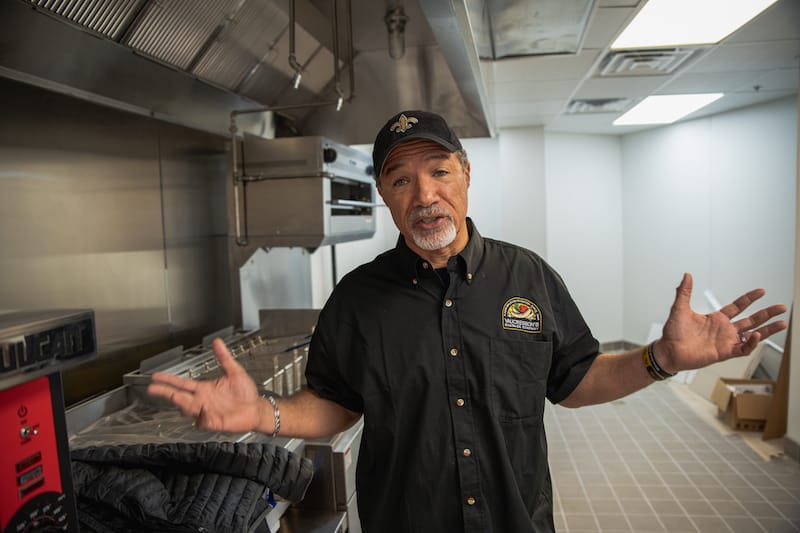
This retail presence dates to the turn of the 20th century, when a system of open-air markets dominated the New Orleans landscape. The market system began with the French Market in the French Quarter and spread throughout the city. Before the markets, vendors would typically sell their wares anywhere and everywhere, under the hot sun, and often in unsanitary conditions. The markets allowed for centralization, regulation, and most importantly, taxation. The Vaucresson family got its start in the St. Bernard Market on the corner of N. Claiborne Ave and St. Bernard Avenue, which now houses The Circle Food Store. From there, the family moved up and down St. Bernard Avenue before finally settling in the current location just prior to Hurricane Katrina.
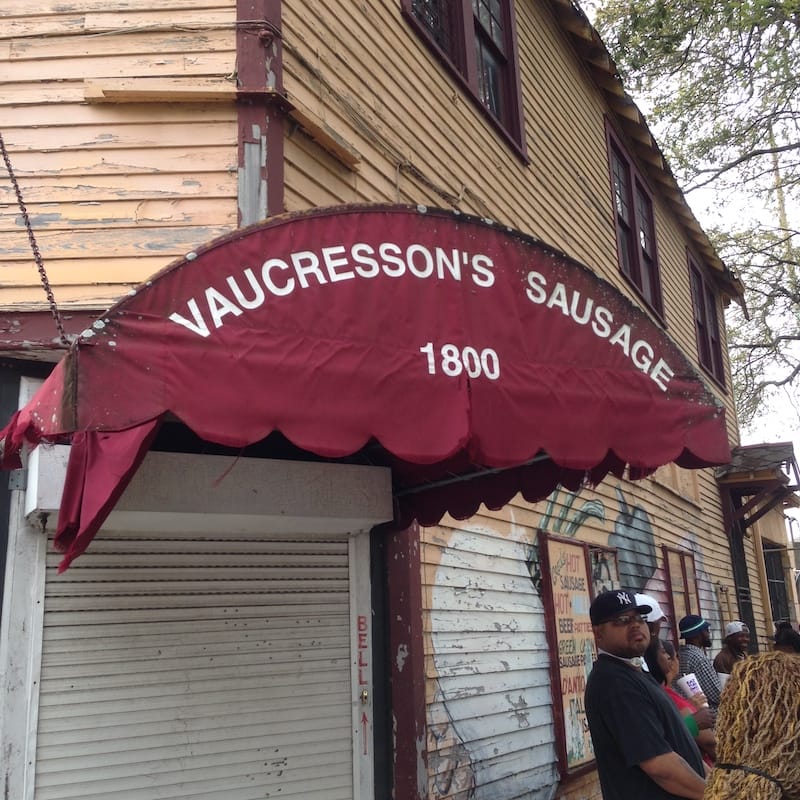
“My Dad opened up on the corner of Roman and St. Bernard, not a meat market per se, but he wanted to elevate and have an inspector processing facility,” says Vaucresson. “He wanted the sausages to go into the grocery stores, but once Katrina hit, that was the last business entity we had at this location.”
The images of the St. Bernard corridor during and after Hurricane Katrina, with the water engulfing The Circle Food Store are shocking to this day. The relentlessness of the water, which stood for weeks, forever changed the fortunes of so many. In the post-diluvian New Orleans, the old Vaucresson’s building sat fallow, the bright murals on the side of its distinctive gold clapboard fading and the maroon awning of the store moldering and torn. Like Bachemin’s Meat Market and The Circle Food Store, it seemed like a part of New Orleans history never to be reclaimed. But Vance Vaucresson never lost hope.
“We held [this location], and eventually looked for an opportunity to come back in some way that would be relevant,” says Vaucresson. “We decided to do a retail concept, café/deli.”
The star of this concept, of course, is the hot sausage, which is a staple of the Black Creole community in New Orleans.
“Creole hot sausage, or as it is traditionally known, Creole chaurice, is one of the more popular sausages in the city,” says Vaucresson. “Traditionally chaurice is made with pork.”
Unlike the Patton’s beef patties that dominate the realm of corner store po’ boys, Vaucresson’s hot pork link sausage is far juicer, with complex flavor, better texture, and appealing red hue from the paprika and cayenne. Vaucresson likens it to its Spanish cousin chorizo, albeit far spicier.
This may seem like an ambitious concept for a corner deli in a building that was formerly an Italian grocery, but for Vaucresson, understanding this cultural tapestry is essential to understanding the city.
In addition to hot sausage, Vaucresson has planned a menu of New Orleans classics built around quality ingredients.
“We’re gonna make our traditional po’boys, as well as some of the traditional po’boys people are used to – shrimp, oyster, real catfish, roast beef – things that people have come to expect,” says Vaucresson. “But we’ll also have some other traditional dishes that are specific to our culture, like grillades and grits, Calas, lost bread and things like that.”
Above all, Vance Vaucresson is an educator, and an expert in the traditional foodways of the New Orleans Creole community.
“Our main mission is when we roll out these culturally significant foods, we’re also going to educate people as to their origin story, their contributions from the various ethnicities that have come through this port, settled here, and influenced our culture,” says Vaucresson.
This may seem like an ambitious concept for a corner deli in a building that was formerly an Italian grocery, but for Vaucresson, understanding this cultural tapestry is essential to understanding the city.
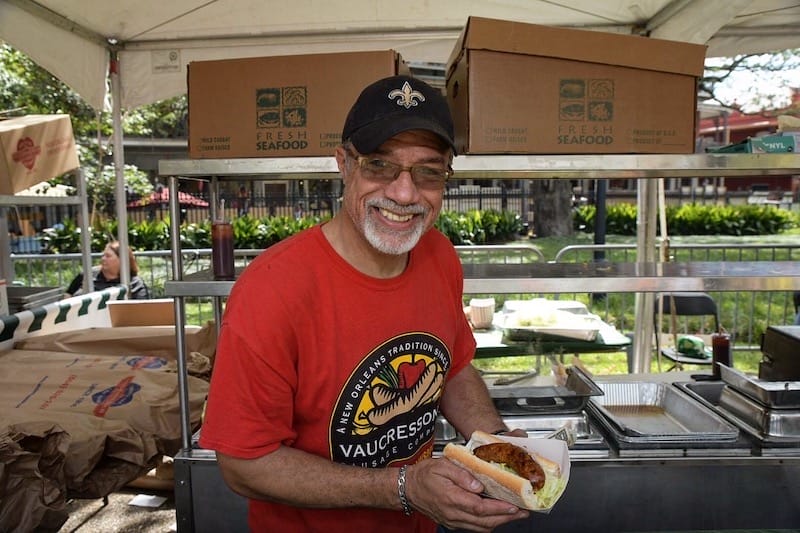
“If you’re gonna eat okra gumbo, or something with okra in it, we’ll let you know that okra is an African staple that made its way to Spain, and eventually here,” says Vaucressson. “If we’re talking about doing a panéed meat, which is a term that means to bread, we’re going to talk about how the breaded influence is part of the Italian tradition. The 7th ward, people have to realize, historically, was a very mixed community. You had white French Creoles living next door to Irish, to Italian immigrants, to Creoles of color, so you had influences of all of our cultures that made its way into our food.”
The Creolization of New Orleans foodways is a rich and complex subject, and Vaucresson is intent on setting the record straight.
“One of the biggest questions I get at festivals,” says Vaucresson is ‘What is the difference between Cajun and Creole,’ and I tell them ‘None.’ Cajun is a subset of Creole. The Acadian Creoles, who extrapolated their culture out of Creole culture so they could singularly promote it without any of the other peoples who were a part of it, mystify me. Anyone born of this area is a Creole. You have French Creoles. Spanish Creoles. Then you also have the Irish and the Italian Creoles. More recently we look at the Vietnamese community. And the Filipino community, which is the oldest Asian community in the United States. If we knew this history, we would know so much more about our culture and how everyone has contributed to the development of it.”
 February 13, 2024 Bywater Bakery
February 13, 2024 Bywater Bakery
In the spring of 2017, the Bywater Bakery opened its doors and became something of an […] Posted in New Orleans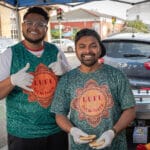 May 25, 2022 Let Us Feed U
May 25, 2022 Let Us Feed U
“In New Orleans, they have good Indian food, but not great Indian food,” said Chef Aman […] Posted in New Orleans February 27, 2022 Mardi Gras 2022
February 27, 2022 Mardi Gras 2022
It was Mardi Gras morning 2012, and my Hubig’s Pie was missing. On Lundi Gras (AKA “Fat […] Posted in New Orleans
James CullenJames Cullen
Published on June 15, 2022
Related stories
February 13, 2024
New Orleans | By Pableaux Johnson
New OrleansIn the spring of 2017, the Bywater Bakery opened its doors and became something of an “instant institution.” Part casual restaurant and part impromptu community center, the cafe space hummed with perpetual activity. Deadline-racked freelancers posted up with their laptops, soon to be covered in butter-rich pastry flakes. Neighborhood regulars would crowd tables for a…
May 25, 2022
New Orleans | By James Cullen
New Orleans“In New Orleans, they have good Indian food, but not great Indian food,” said Chef Aman Kota. “And that’s why we started this.” The “this” in question is LUFU, or Let Us Feed U, a plucky Indian pop-up whose aim is to introduce New Orleanians to the complex regional cuisines of India, while also playing…
February 27, 2022
New Orleans | By James Cullen
New OrleansIt was Mardi Gras morning 2012, and my Hubig’s Pie was missing. On Lundi Gras (AKA “Fat Monday,” which has evolved to include traditions of its own), I had hidden it away – apple I believe, but I can’t quite recall – to serve as my breakfast before a full day of parading, revelry and…







































